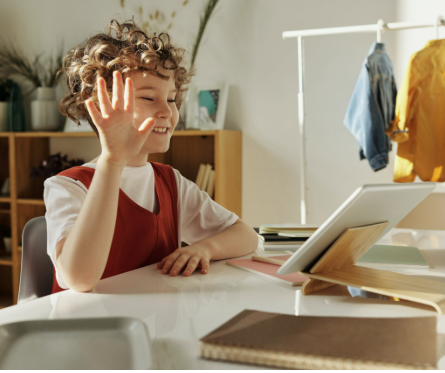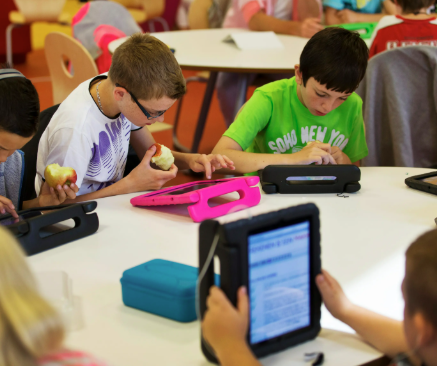Personalized learning is transforming classrooms by meeting students where they are and helping them grow at their own pace. When implemented thoughtfully, this approach can improve engagement, boost achievement, and support a more inclusive learning environment. Here are some top strategies educators can use to bring personalized learning to life in schools.
Start with Clear Learning Objectives
Effective personalized learning begins with well-defined goals. Teachers should establish clear, standards-aligned learning objectives that guide both instruction and student progress. These goals help ensure that every learner is working toward meaningful and measurable outcomes, even if they take different paths to get there.
Use Diagnostic Assessments to Understand Student Needs
Getting to know each student’s strengths, interests, and areas for improvement is essential. Use diagnostic assessments and learning profiles to identify starting points and tailor instruction. Regular check-ins and formative assessments allow educators to adjust learning plans as students grow.
Leverage Technology for Flexibility and Support
Educational technology can play a powerful role in personalized learning. Digital tools and platforms enable self-paced learning, provide immediate feedback, and offer differentiated content. Use technology to give students choice in how they engage with lessons—through videos, interactive games, or virtual discussions.
Offer Student Voice and Choice
When students have a say in their learning, motivation and ownership increase. Let them choose from a variety of learning activities, project topics, or assessment formats. Encourage goal-setting and self-reflection to help students develop responsibility for their progress.
Create Flexible Grouping Structures
Group students based on similar learning needs, interests, or skill levels—and be ready to shift groups as those needs change. Small-group instruction, peer collaboration, and independent work all have roles in a personalized classroom. Flexibility allows teachers to address diverse learning pathways more effectively.
Integrate Real-World Relevance
Connect learning to real-world contexts that matter to students. Projects, community-based activities, and problem-solving challenges help learners see the value of their education. Personalized learning becomes more powerful when students see how it relates to their lives and goals.
Provide Ongoing Professional Development
Educators need time, tools, and support to implement personalized learning successfully. Schools should invest in professional development focused on instructional strategies, technology integration, and data use. Peer collaboration and coaching also help teachers refine their practices.
Monitor Progress and Celebrate Growth
Personalized learning is most effective when students and teachers regularly review progress. Use digital dashboards, learning portfolios, or conferences to track achievements and identify next steps. Recognize student effort and improvement to reinforce a growth mindset.
Conclusion
Personalized learning isn’t about replacing traditional teaching—it’s about enhancing it to meet individual student needs. By using clear goals, thoughtful assessments, flexible instruction, and student-centered approaches, educators can create a classroom environment where every learner has the opportunity to thrive.














